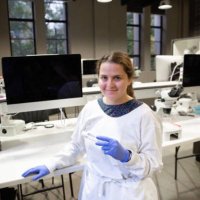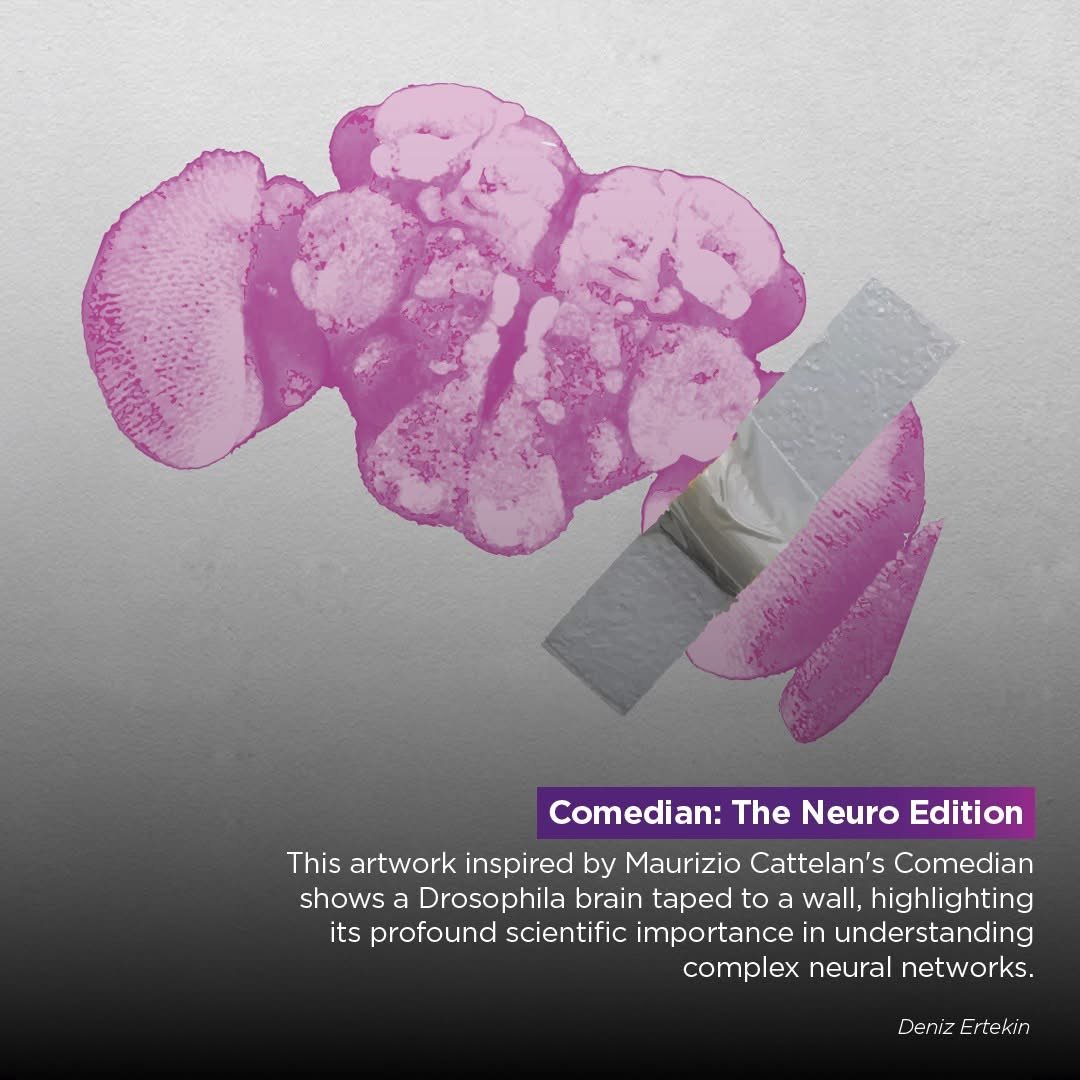
Michael Wangler
@mfwangler
Studying #RareDisease Genomics and how genes work. Researcher and Physician in Dept of MHG at Baylor College of Medicine.
ID: 2202429150
https://www.bcm.edu/research/faculty-labs/michael-wangler-lab 19-11-2013 03:44:24
3,3K Tweet
1,1K Followers
2,2K Following




PhD position available at the Institute of Human Genetics Universitätsklinikum Heidelberg and Uni Heidelberg , start date February 2025.





Sumantra Chatterjee, PhD, hosted Michael Wangler, MD, at the Center on December 12th for a special seminar. Dr. Wangler presented his topic of "Exploring Genetic Mechanisms of Undiagnosed and Rare childhood disease using Drosophila”. Thank you for joining us, Michael Wangler!


youtu.be/A9t_SmoaJWs?si… A summary of a special family enrolled in one of the collaborative projects Texas Children's supported by CZI Science

🚨CME credit available! Check out Dr. Michael Wangler from BCM Department of Molecular and Human Genetics discuss his lab's research studying the clinical phenotypic spectrum of symptoms seen in DNM1L-related disorders, symptoms including epilepsy, neuropathy, and optic atrophy. 🔗Watch here: bit.ly/3WugoMl



Congratulations, Dr. K. King Katherine King MDPhD, recipient of the 2025 SPR Award in Honor of E. Mead Johnson recognizing outstanding #pediatricResearch achievements! BCMHouston Texas Children's TCHResearchNews #pediatricsInfectiousDisease societyforpediatricresearch.org/2025-award-rec…



This is GOLD! How science should always be done…systematically testing meaningful hypotheses. So simple, yet so profound. Thank you, Michael Wangler!








